How does the tool work?

The tool collects, systematizes and cross-references information from different public databases in order to identify inconsistencies or possible conflicts of interest - called Red Flags - in the Financial Declarations of civil servants filed in 2019 in Colombia.
A total of 78,328 Financial Declarations were processed to cross-check with information from public procurement databases (Colombia Compra Eficiente) and the list of extractive industries operating in Colombia.
Datasets utilizados
- Declarations of assets, income and the registry of conflicts of interest of the subjects obligated by Law 2013 of 2019. This database was obtained through a request for access to public information addressed to the Administrative Department of the Civil Service of Colombia. (2019)
- Operating companies in the mining and hydrocarbon industry. Base published in the official EITI Colombia portal. (2019)
- Purchasing operations of the Colombian state published in Colombia Compra Eficiente. (2019)
What is a Red Flag?

We define Red Flag as a potential conflict of interest not declared by the official or a possible positive case of inconsistency in the filling out of a Financial Declaration.
There are 2 situations in which officials may have Red Flags:
- When Financial Declarations are incorrectly completed, or with incomplete, confusing or ambiguous information.
- When there is a risk of a potential conflict of interest.
Red flags are automatically generated whether a statement is incorrectly complete and ambiguous, or whether it reflects actual information and is effectively a potential conflict of interest.
Four types of Red Flags were identified:
- If the official has participation in mining or oil companies and/or companies that are goods or services providers to the State.
- If the official's relative has a stake in mining or oil companies and/or companies that are goods or services providers to the State.
- If “participation in a company” is declared but “other income” is not.
- If “other income” is declared but “participation in a company” is not.
The universe of public officials processed in this project were divided into 4 categories for a better approach:
- Group 1. Elected officials, authorities of the judiciary and other high-ranking authorities.
- Group 2. Second and third hierarchy authorities (such as secretaries, directors, prosecutors).
- Group 3. Others (workers, teachers, nurses, auditors, etc.).
- Group 4. No position/Does not declare position.


